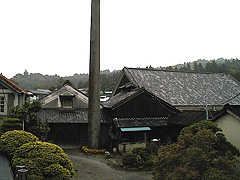
吉崎酒造
久留里では今も暮らしの中に井戸が生かされ、平成の名水100選に選ばれたほどの名水だ。豊富な地下水を利用した酒造りも盛んで、4軒の蔵元が点在している。なかでも寛永元年(1624)創業の吉崎酒造は、千葉の酒蔵で最も長い歴史を誇る。生きた水を使った名酒をみやげにおすすめ。
Info
Business Hours
Price
Spot Category
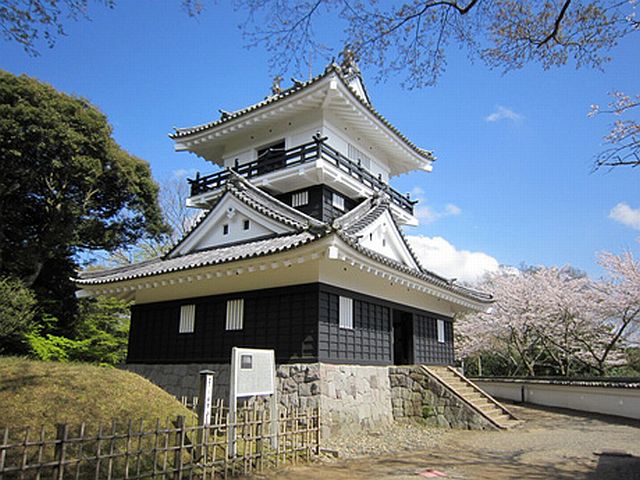
城址公園に美しくそびえる天守閣
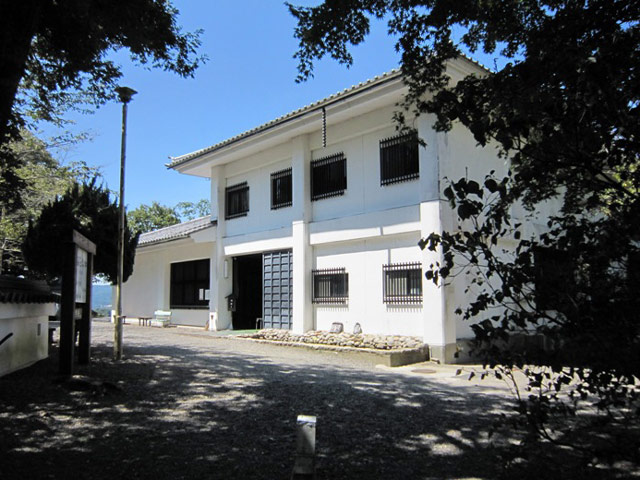
二の丸跡に建てられた久留里城址資料館
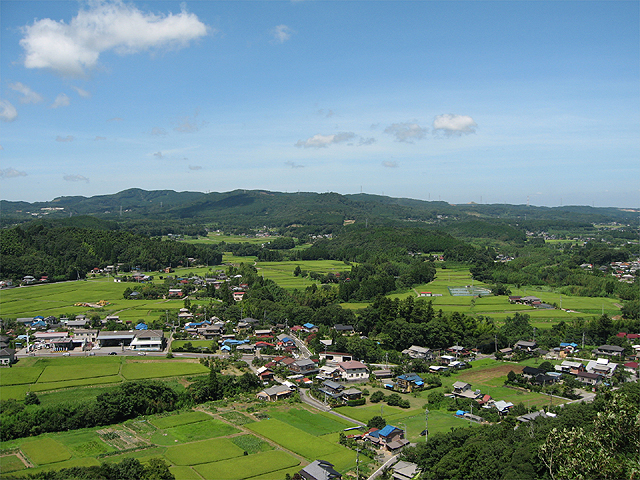
資料館付近からのぞむ城下
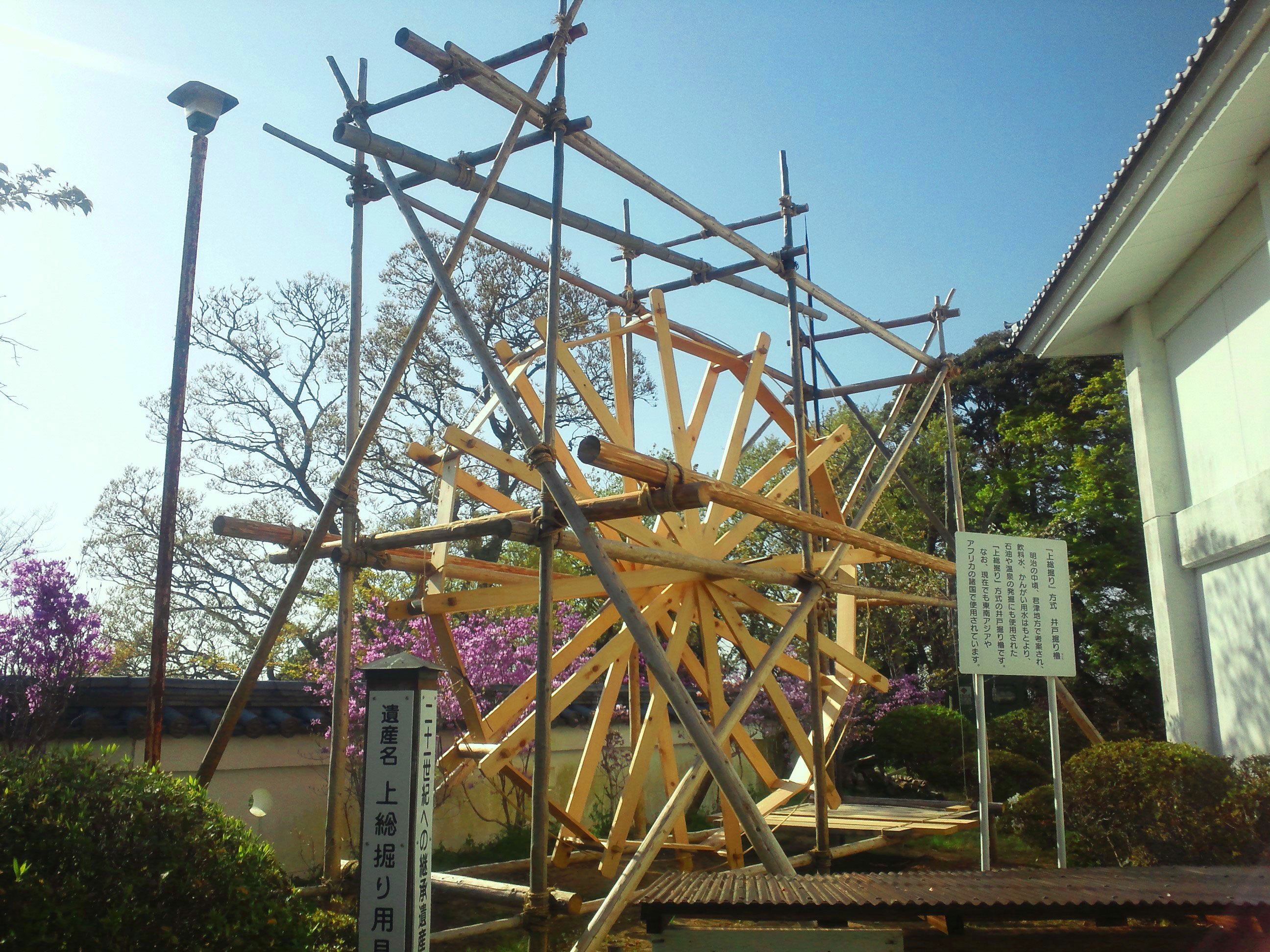
君津発祥の井戸掘り技術「上総掘り」
The information provided reflects the details available at the time of the survey.
Please note that facility details may change due to the facility’s circumstances, so please check for the latest information before visiting.
This content has been translated using machine translation.
Information provided by: JTB Publishing
The content uses an automatic translation service, which is not always accurate.
The translated content may be different from the original meaning, so please understand and use it.

久留里では今も暮らしの中に井戸が生かされ、平成の名水100選に選ばれたほどの名水だ。豊富な地下水を利用した酒造りも盛んで、4軒の蔵元が点在している。なかでも寛永元年(1624)創業の吉崎酒造は、千葉の酒蔵で最も長い歴史を誇る。生きた水を使った名酒をみやげにおすすめ。

江戸末期からの老舗造り酒屋。主に兵庫県産山田錦を原料に、久留里の銘水を使用した酒を量産せず、丁寧に造り続けている。代表銘柄の「福祝[ふくいわい]」は、本醸造・純米酒・大吟醸などがある。大吟醸720ミリリットル3960円は、最初はキリッとした辛口で後からゆっくりと米の甘みが広がる逸品。純米吟醸福祝1.8リットル3960円、山田錦を100%使った「特別純米」1.8リットル3080円も人気。
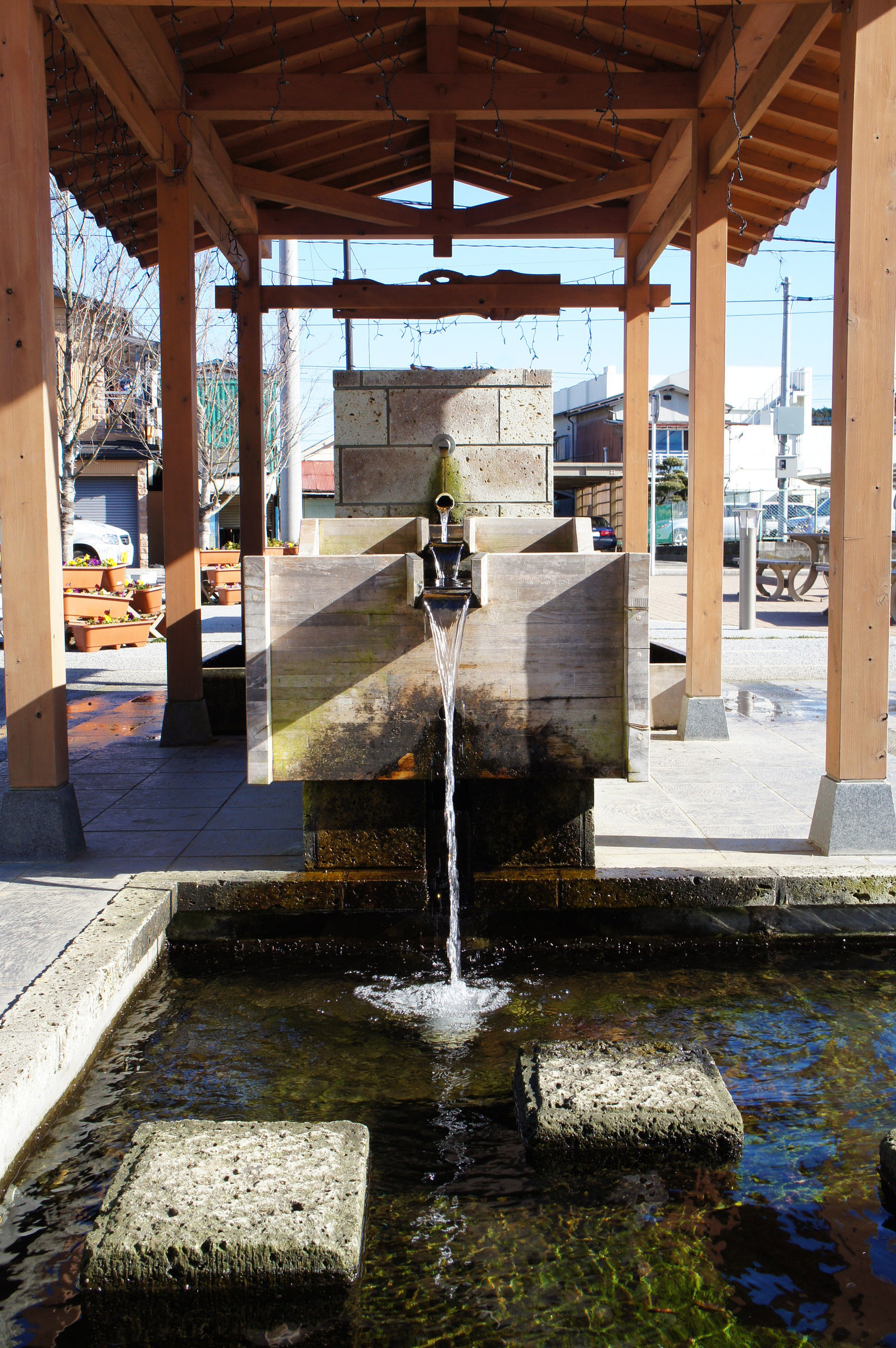
上総掘りの自噴井戸等から湧く清澄・三石山系の地下水。千葉県で唯一「平成の名水百選」に選ばれている。街道沿いを中心に自由に汲むことができる井戸が点在している。

On the occasion of the Ojō Kōki, who was appointed as the lord of Osugasō, Shimousa Province, he was invited by Shinano Suwa Taisha Shrine as the god of the lord of the territory. He has since been revered as the god of industrial development, the god of wisdom, and in recent years as the god of advanced learning. The present main shrine is of the 1853 (Kaei 6) construction, and the annual festival "Sawara no Taisai (Autumn Festival)", which takes place in October every year, is designated as a national important intangible folk cultural property.

The temple of the Tendai sect, known as Narikiri (Namikiri), is a temple of the Tendai sect that collects the thick faith of the fishing people for great fishing prayers and sea protection. The main priest, Fudō Myōō, was reportedly picked up from the sea by the wives of the fishermen of the land during the middle Kamakura period and laid them here to rest. The thatched-roofed Fudō, which houses Fudō Myo, is designated as a national important cultural property, and is presumed to have been erected during the Muromachi period.

Western-style Mie-bashi, a masonry method, on the lower Nagao River at Takiguchi, Shirahama. Because there are three arches, it is not really glasses, but it has come to be called a glasses bridge from the appearance of moving to the river. The bridge was built in Meiji 21 (1888) with a donation of 399 yen and 40 yen from the villagers. He said he had walked across the river before the construction. It is a sturdy bridge that, in wartime, tanks passed through it without being broken by the Great Kanto Earthquake. Repair work was carried out in 1977 and 1993, and the figure remains at the time of construction. Prefectural Designated Tangible Cultural Property. Japan's Meihashi Hyakusyo.
This website uses cookies so that we can provide you with the best user experience possible. Cookie information is stored in your browser and performs functions such as recognising you when you return to our website and helping our team to understand which sections of the website you find most interesting and useful.
Strictly Necessary Cookie should be enabled at all times so that we can save your preferences for cookie settings.
If you disable this cookie, we will not be able to save your preferences. This means that every time you visit this website you will need to enable or disable cookies again.
